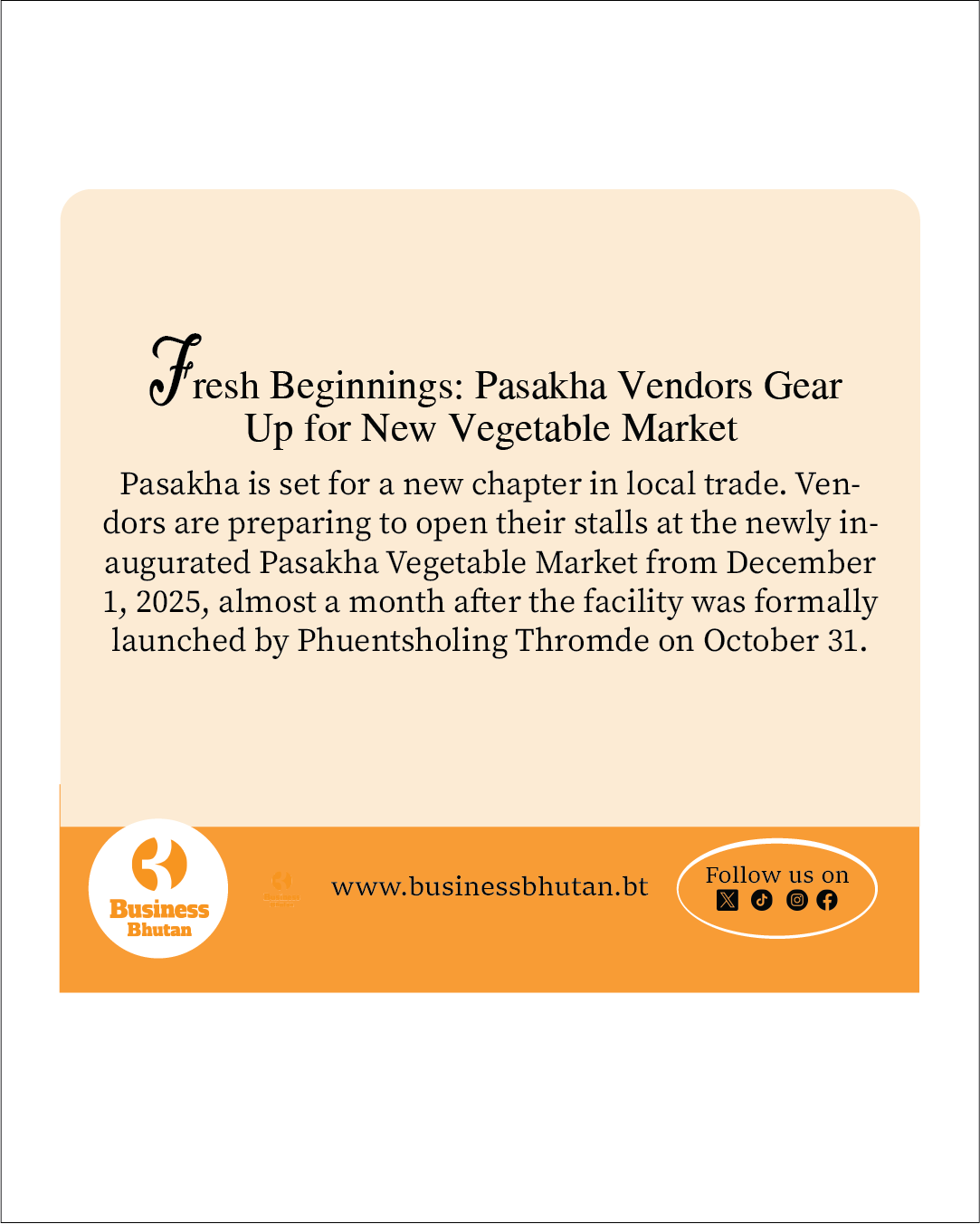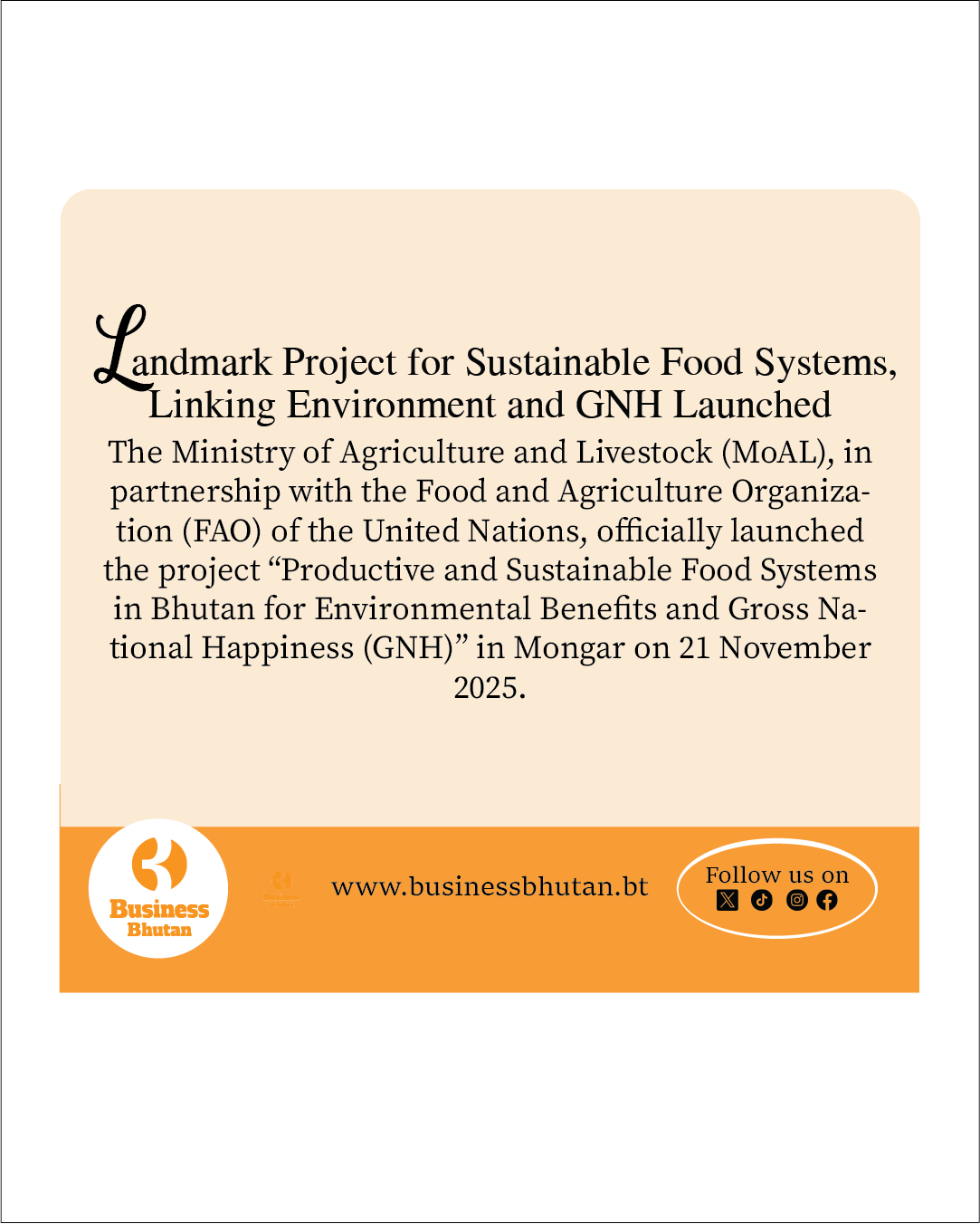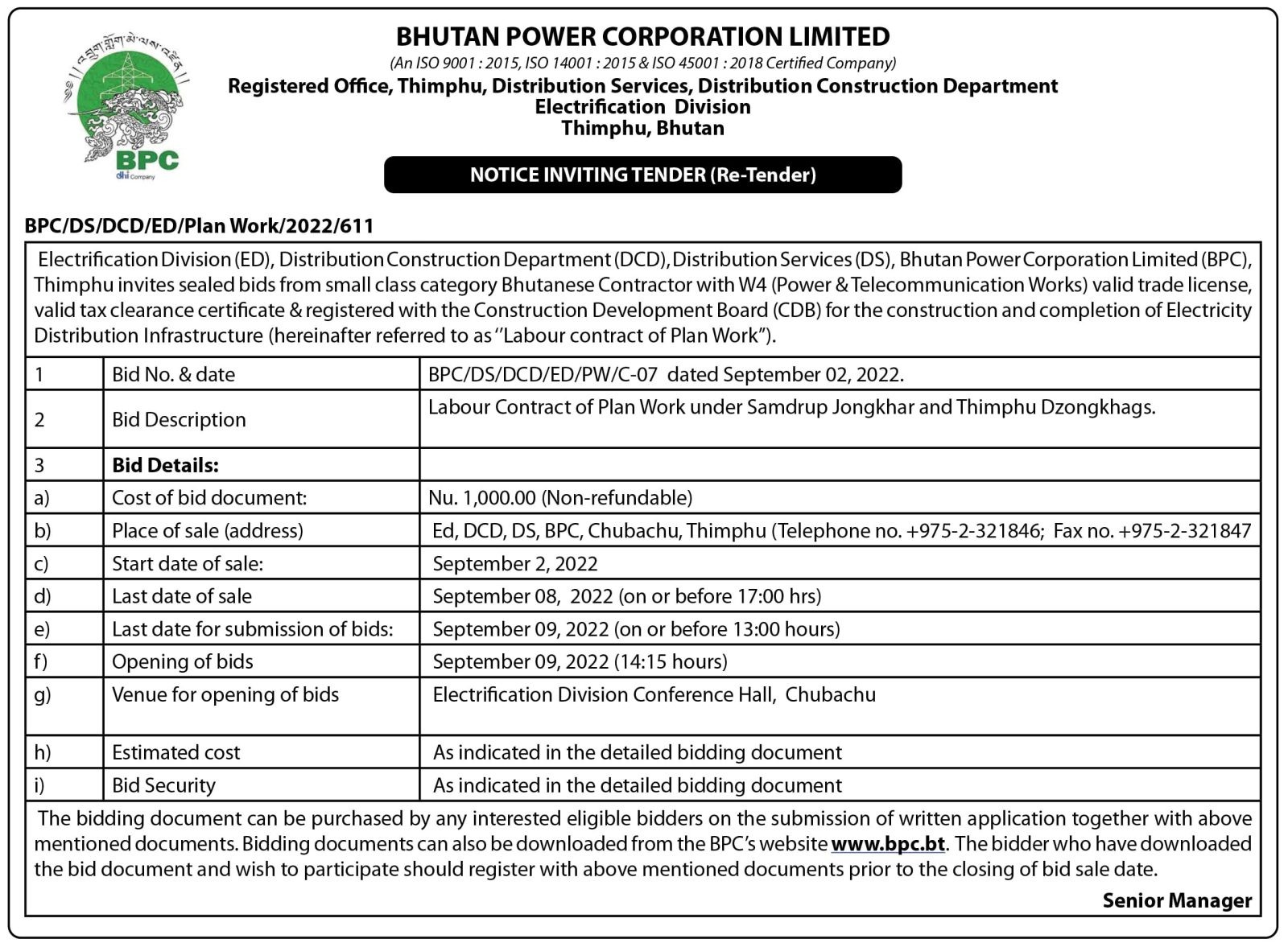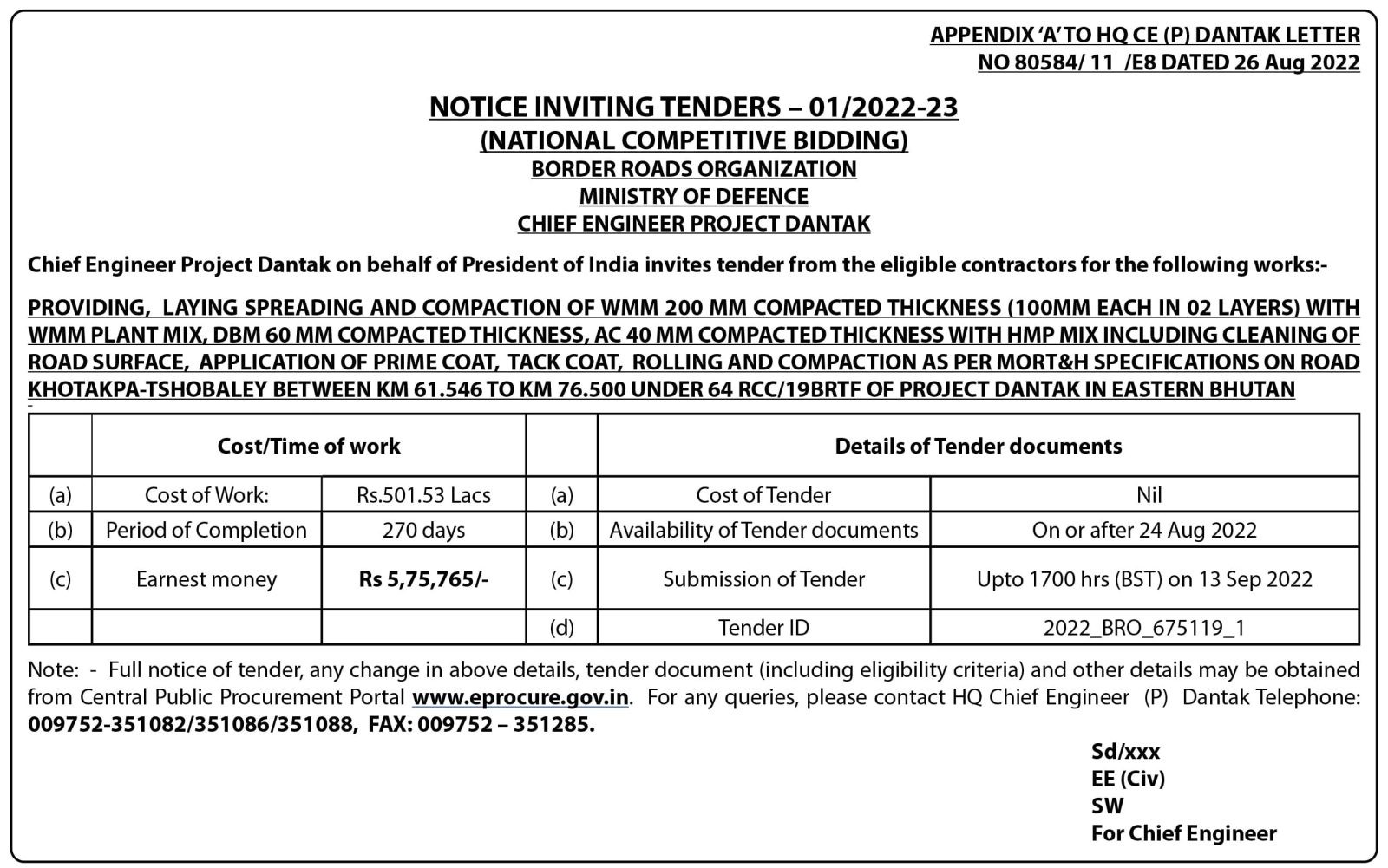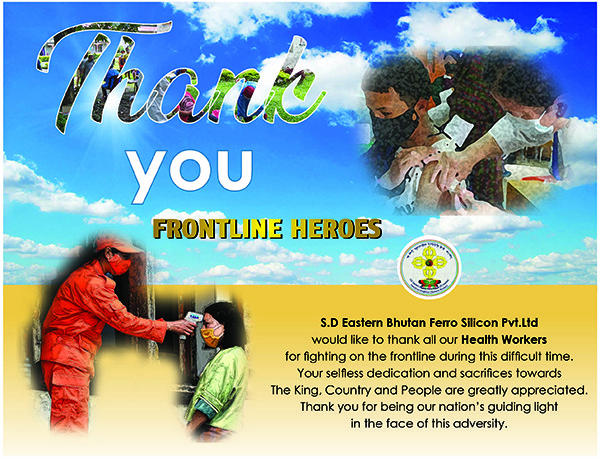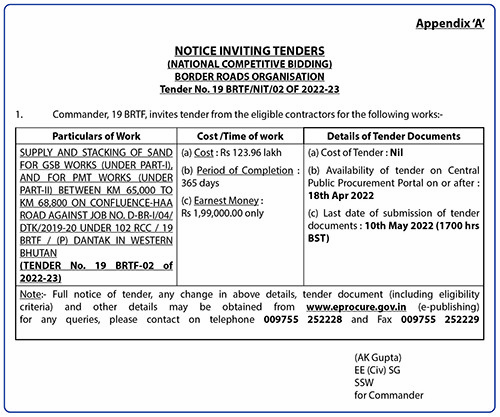In the quiet village of Wamakha under Chali Gewog, Mongar, a transformation is underway. What was once dry, underutilized farmland has now become a thriving source of income for local farmers—thanks to a water reservoir project funded by the Commercial Agriculture and Resilient Livelihoods Enhancement Programme (CARLEP).
Constructed at Threwan Chu, about six kilometers from Wamakha, the reservoir was completed during the 2020–2021 financial year. With a budget of Nu 2.5 million allocated for pipeline and essential materials, the project was a partnership in spirit—while CARLEP provided the financial and technical support, local villagers contributed labor, showcasing community ownership in development.
For decades, the villagers of Wamakha relied on erratic rainfall for agriculture. Farming was more an act of faith than a viable livelihood. Today, that has changed. With a 24-hour water supply from the new reservoir, 46 households are reaping the rewards of consistent irrigation, cultivating crops with confidence and increasing productivity.
Among the beneficiaries is 31-year-old Kelzang Wangmo, a mother of three who cultivates maize and vegetables on her one-acre dryland plot—twice a year. “Before, we waited for rain. Now we water our crops using sprinklers,” she says, smiling. “Maize yields have gone up significantly. Tengma (beaten maize) has become a dependable source of income for my family. Vendors come from Mongar and Bumthang to collect it.”
Kelzang isn’t alone. For many in Wamakha, tengma has evolved from a traditional staple into a commercial product. Farmers like Dechen Tshering, 59, say that reliable irrigation has also improved vegetable production, allowing them to earn extra income by selling produce at the Mongar vegetable market.
Even in the face of personal challenges, the new irrigation system is making a difference. Pema Yangzom, a 57-year-old single mother, is now able to cultivate maize and vegetables and produce tengma, which she sells at Nu 50 per kilogram to local vendors. “It’s not easy, especially with wild animals damaging our crops. But having water makes it possible to keep going,” she shares.
Despite the success, the farmers face ongoing challenges, particularly damage to crops by wild animals such as monkeys and wild boars. Many spend sleepless nights guarding their fields. Yet, their resilience reflects a deeper transformation—one enabled by access to water and a renewed belief in the power of agriculture.
To ensure the sustainability of the project, two households have been designated to manage and maintain the water source and pipeline infrastructure. According to Lobzang Chophel, the Gewog Agriculture Extension Officer, the new system supports nearly 72 acres of agricultural land, significantly boosting productivity and income for the community.
The Wamakha initiative is part of CARLEP’s broader vision, funded by the International Fund for Agricultural Development (IFAD), to shift Bhutan’s agricultural landscape from subsistence-based to market-oriented farming. Through climate-smart technologies, capacity building, and value-chain integration, CARLEP aims to improve smallholder farmers’ incomes and reduce rural poverty.
Building on lessons from past initiatives, CARLEP’s current focus is not just on increasing production, but on creating stronger linkages to markets and adopting climate-resilient practices. The ultimate goal is to integrate rural farmers into national value chains, ensuring long-term sustainability and economic resilience.
As the sun sets over the once-arid fields of Wamakha, the sight of green crops swaying under sprinkler-fed irrigation stands as a powerful symbol—of transformation, empowerment, and the quiet resilience of Bhutan’s farming communities.
Sangay Rabten from Mongar



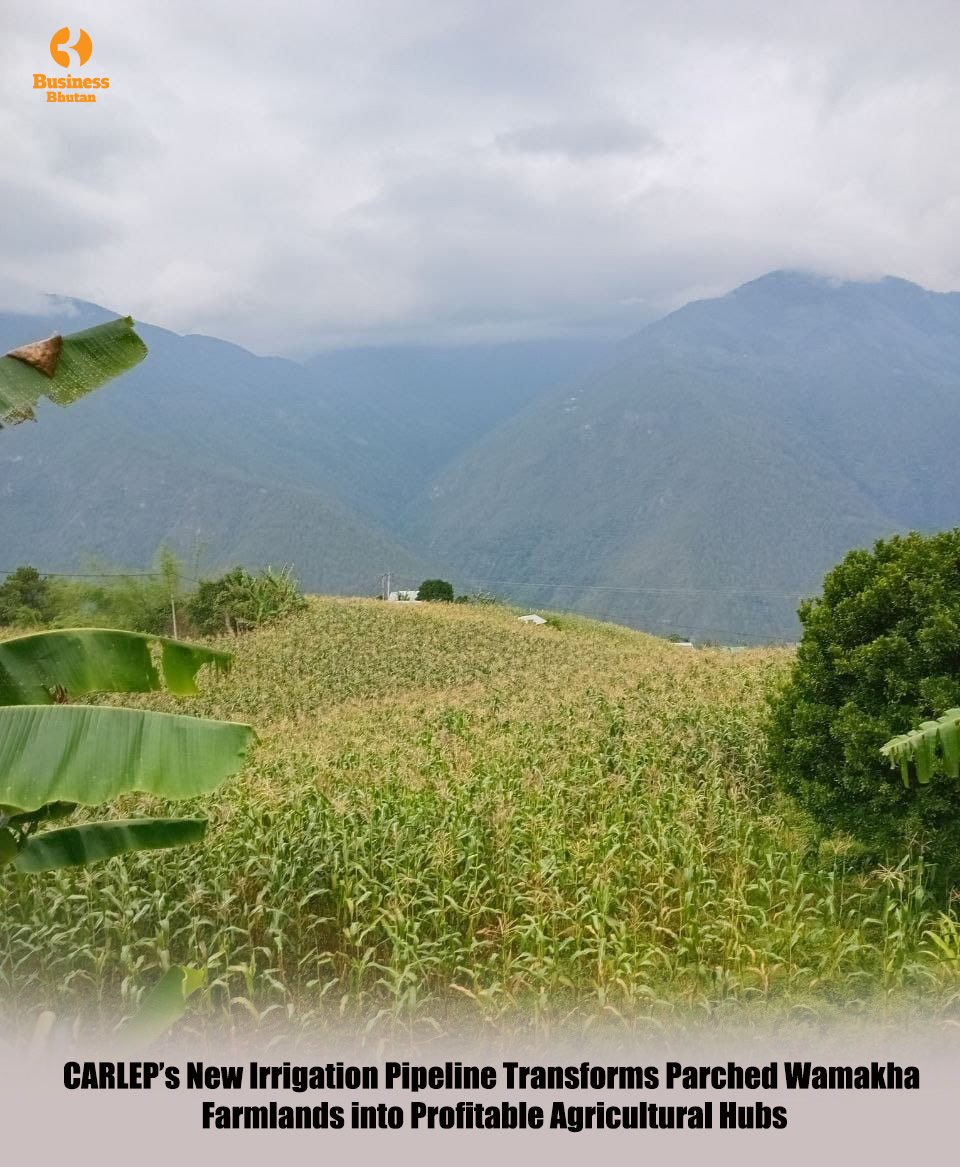
![Fresh Beginnings: Pasakha Vendors Gear Up for New Vegetable Market - Duplicate - [#16963] Fresh Beginnings: Pasakha Vendors Gear Up for New Vegetable Market - Duplicate - [#16963]](https://businessbhutan.bt/wp-content/uploads/2025/11/Asset-200.png)
